Science 5.2(A)
describe, plan, and implement simple experimental investigations testing one variable;
- Plus Plan

Build a Pirate Ship STEM Challenge for Upper Elementary
Challenge upper elementary students to build a pirate ship with a fun (and engaging) STEM challenge created by teachers, for teachers.
- Plus Plan
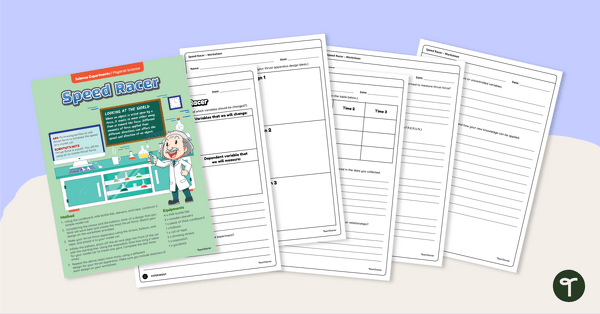
Balloon Car Experiment – Speed Racer
Use this hands-on balloon car experiment when teaching your 5th grade students about thrust force and its effect on the speed of objects.
- Free Plan
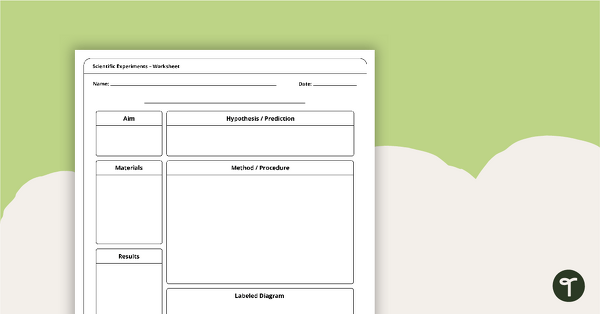
Science Experiment Recording Sheet
A recording sheet to use when completing a Science experiment.
- Plus Plan

Oil Spill Science Experiment
Investigate water pollution and discover the effects of oil spills on wildlife with a hands-on science lab!
- Free Plan

Experiment Design Sequencing Activity
A worksheet to develop students’ understanding of experiment design.
- Plus Plan

Make an Eggshell Disappear - Science Experiment Booklet
Investigate chemical reactions with this hands-on experiment booklet.
- Plus Plan

What is a Fair Test? - Upper Years PowerPoint
A 20-slide PowerPoint to use when teaching your students about how to make a fair test in Science.
- Plus Plan

Science Experiment - True Colors
A science experiment that explores the perception of color.
- Plus Plan
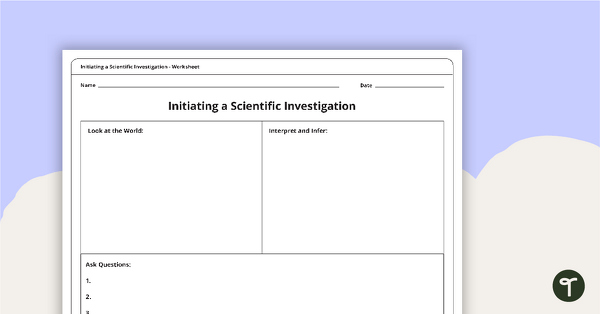
Initiating a Scientific Investigation Worksheet
A worksheet to help the students begin the process of a scientific investigation.
- Plus Plan
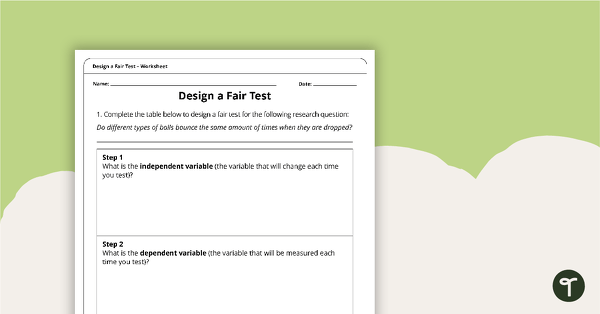
Design a Fair Test Worksheet – Upper Grades
A worksheet to use when developing the concept of a fair test.
- Plus Plan

Science Experiment - Lights Line Up!
A science experiment which explores light.
- Plus Plan

Working Scientifically Worksheet
A worksheet used to check the students' knowledge of working scientifically.
- Plus Plan
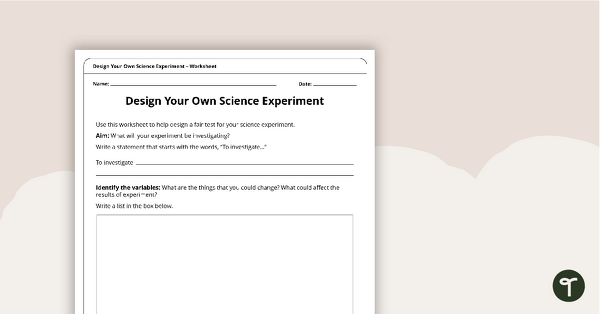
Design Your Own Experiment Worksheet
A set of worksheets to develop students' ability to design fair, scientific experiments.
- Free Plan
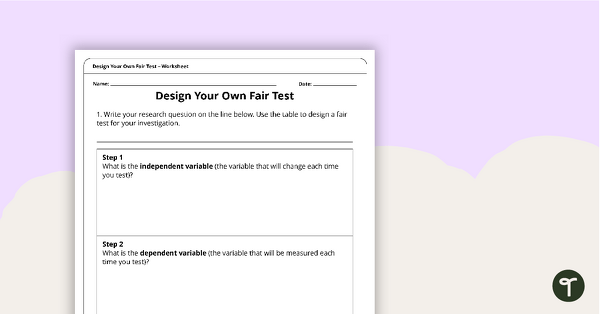
Design Your Own Fair Test Worksheet – Upper Grades
A worksheet to use when developing the concept of a fair test.
- Plus Plan

Slime - Solid, Liquid, or Gas?
A 60-minute lesson in which students will recognize that not all substances can be easily classified on the basis of their observable properties.